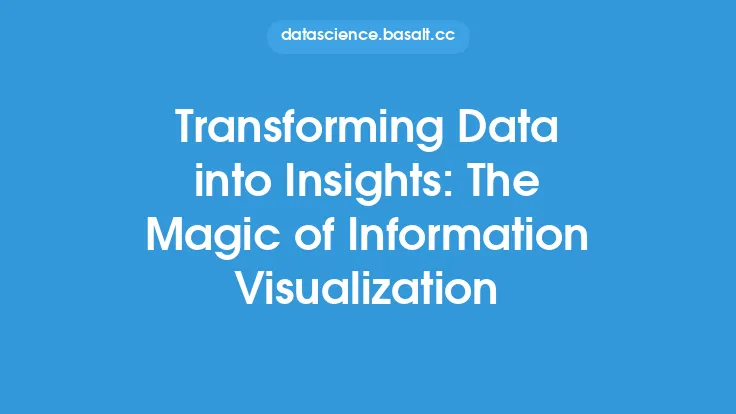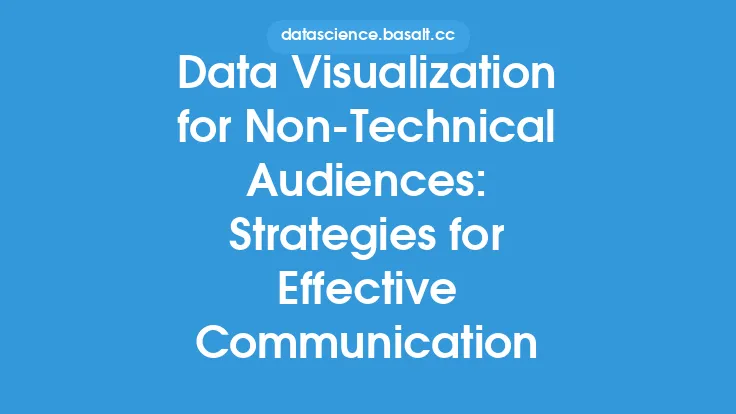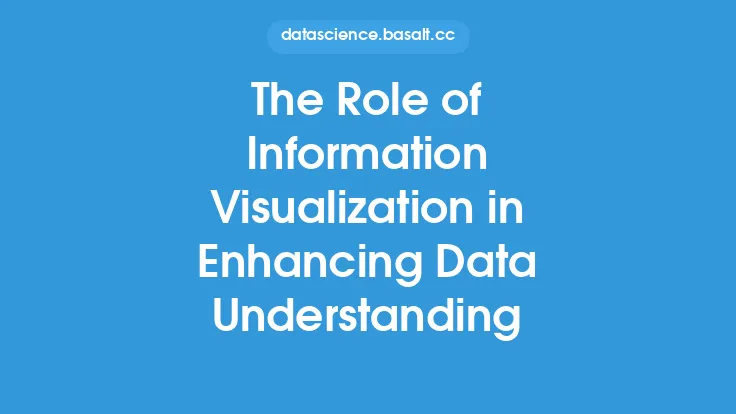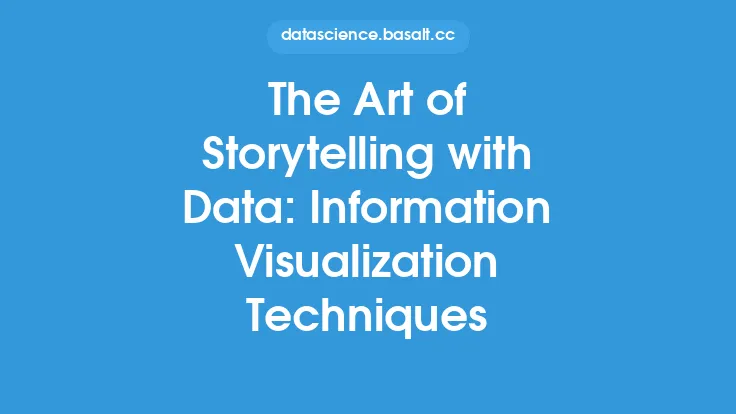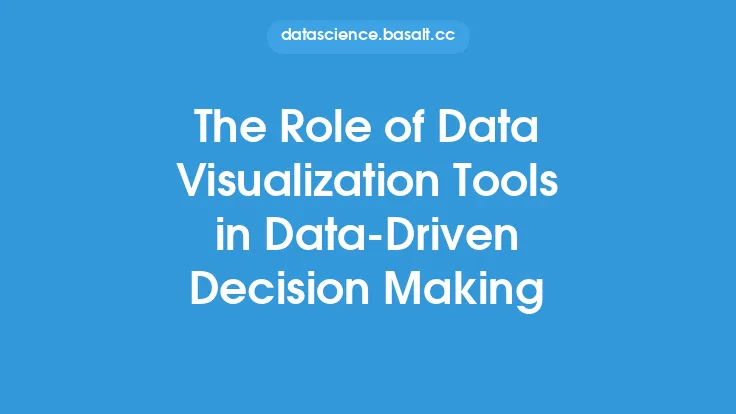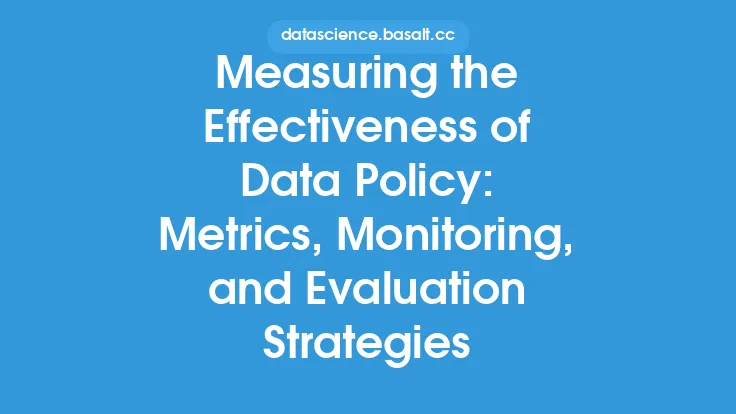Data visualization is a crucial aspect of communicating insights and trends in data. With the increasing amount of data being generated, the need for effective data visualization tools has become more pressing. These tools enable users to create interactive and dynamic visualizations that help to convey complex information in a clear and concise manner. However, with the numerous data visualization tools available, it can be challenging to evaluate their effectiveness for communication.
Introduction to Data Visualization Tools
Data visualization tools are software applications that provide a range of features and functionalities to create visualizations. These tools can be broadly categorized into two types: programming libraries and graphical user interface (GUI) tools. Programming libraries, such as D3.js and Matplotlib, require users to write code to create visualizations, while GUI tools, such as Tableau and Power BI, provide a drag-and-drop interface to create visualizations. The choice of tool depends on the user's level of expertise, the type of data, and the desired outcome.
Key Features of Effective Data Visualization Tools
Effective data visualization tools should have certain key features that enable users to create interactive and dynamic visualizations. Some of these features include:
- Data connectivity: The ability to connect to various data sources, such as databases, spreadsheets, and cloud storage.
- Data manipulation: The ability to manipulate and transform data, such as filtering, sorting, and aggregating.
- Visualization options: A range of visualization options, such as charts, tables, maps, and networks.
- Customization: The ability to customize visualizations, such as changing colors, fonts, and layouts.
- Interactivity: The ability to create interactive visualizations, such as hover-over text, drill-down capabilities, and animations.
- Sharing and collaboration: The ability to share visualizations with others, such as exporting to various formats, embedding in web pages, and collaborating with others in real-time.
Evaluating the Effectiveness of Data Visualization Tools
Evaluating the effectiveness of data visualization tools requires a thorough analysis of their features, functionalities, and user experience. Some of the key factors to consider include:
- Ease of use: How easy is it to use the tool, especially for users who are not familiar with data visualization?
- Performance: How well does the tool perform, especially with large datasets?
- Customization: How much customization is possible, and how easy is it to customize visualizations?
- Interactivity: How interactive are the visualizations, and how easy is it to create interactive visualizations?
- Sharing and collaboration: How easy is it to share visualizations with others, and how well does the tool support collaboration?
- Cost: What is the cost of the tool, and is it worth the investment?
Technical Considerations
From a technical perspective, data visualization tools should be able to handle large datasets, provide fast rendering and interaction, and support various data formats. Some of the key technical considerations include:
- Data processing: How well does the tool process data, especially large datasets?
- Rendering: How fast does the tool render visualizations, especially complex visualizations?
- Scalability: How well does the tool scale, especially with large datasets and complex visualizations?
- Security: How secure is the tool, especially when dealing with sensitive data?
- Integration: How well does the tool integrate with other tools and systems, especially data sources and analytics platforms?
Best Practices for Using Data Visualization Tools
To get the most out of data visualization tools, it's essential to follow best practices, such as:
- Keep it simple: Avoid cluttering visualizations with too much information.
- Use intuitive visualizations: Use visualizations that are easy to understand, such as bar charts and line charts.
- Use color effectively: Use color to highlight important information, but avoid using too many colors.
- Provide context: Provide context for the data, such as labels, titles, and legends.
- Test and refine: Test visualizations with others and refine them based on feedback.
Conclusion
Data visualization tools are essential for communicating insights and trends in data. By evaluating the effectiveness of these tools and following best practices, users can create interactive and dynamic visualizations that help to convey complex information in a clear and concise manner. Whether you're a data scientist, business analyst, or simply someone who wants to communicate data insights, data visualization tools can help you to achieve your goals. By considering the key features, technical considerations, and best practices outlined in this article, you can choose the right data visualization tool for your needs and create effective visualizations that inform and engage your audience.
